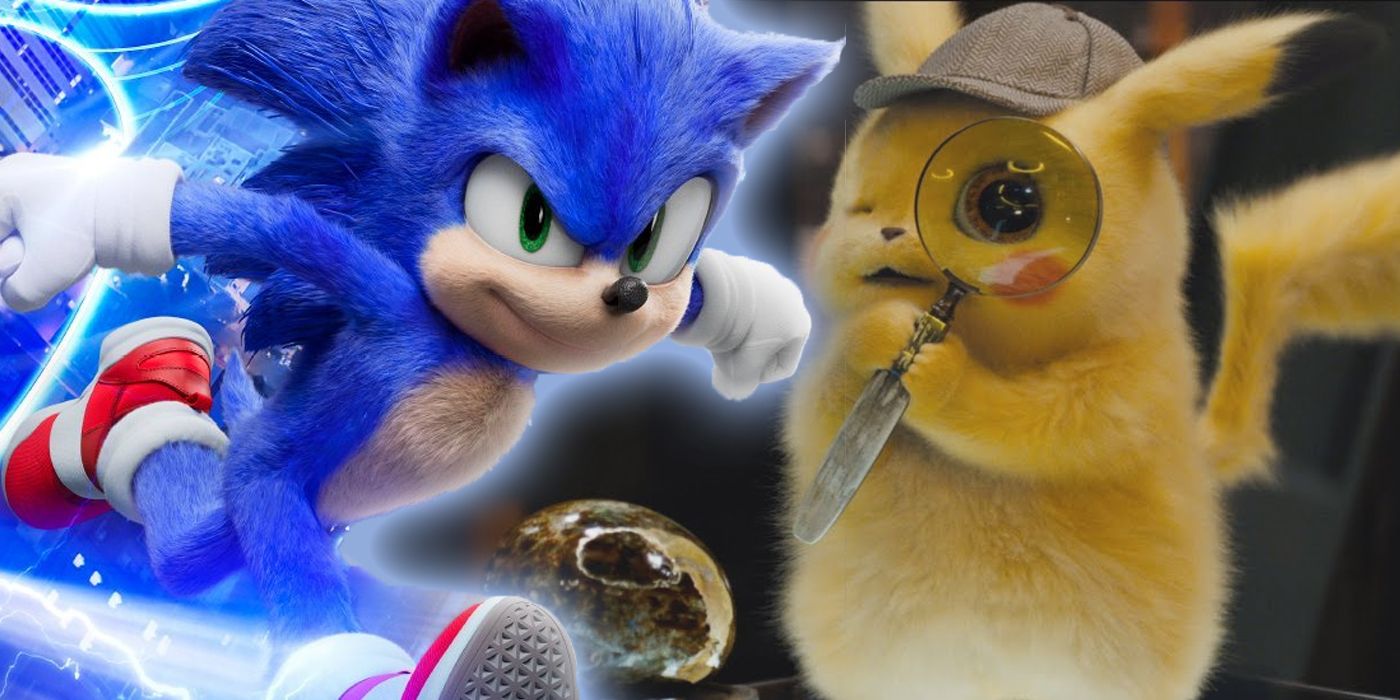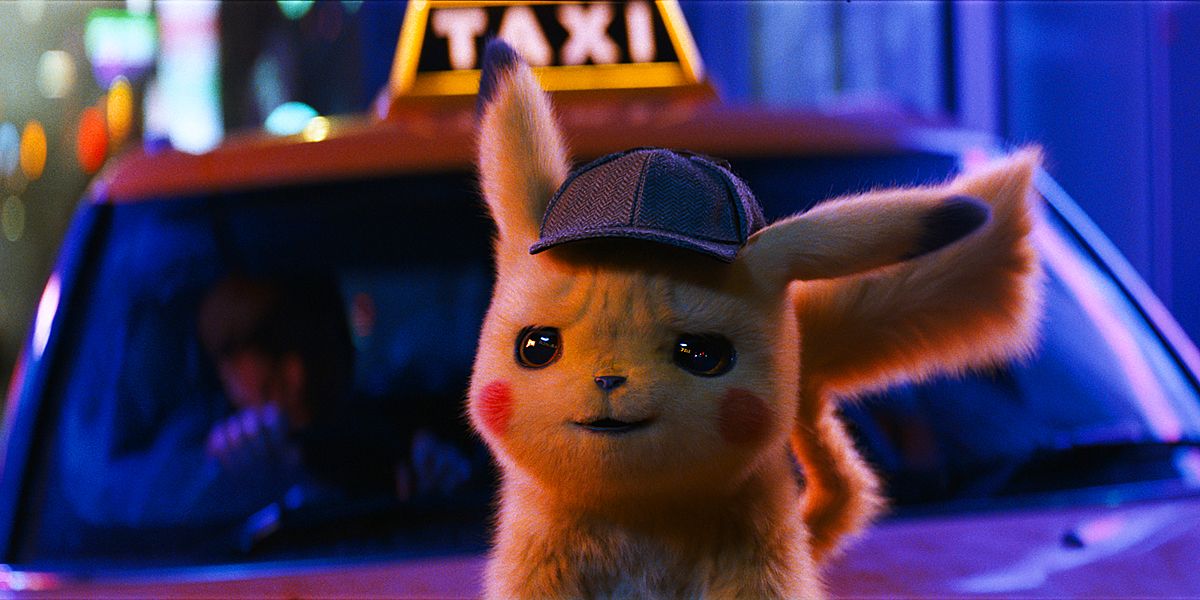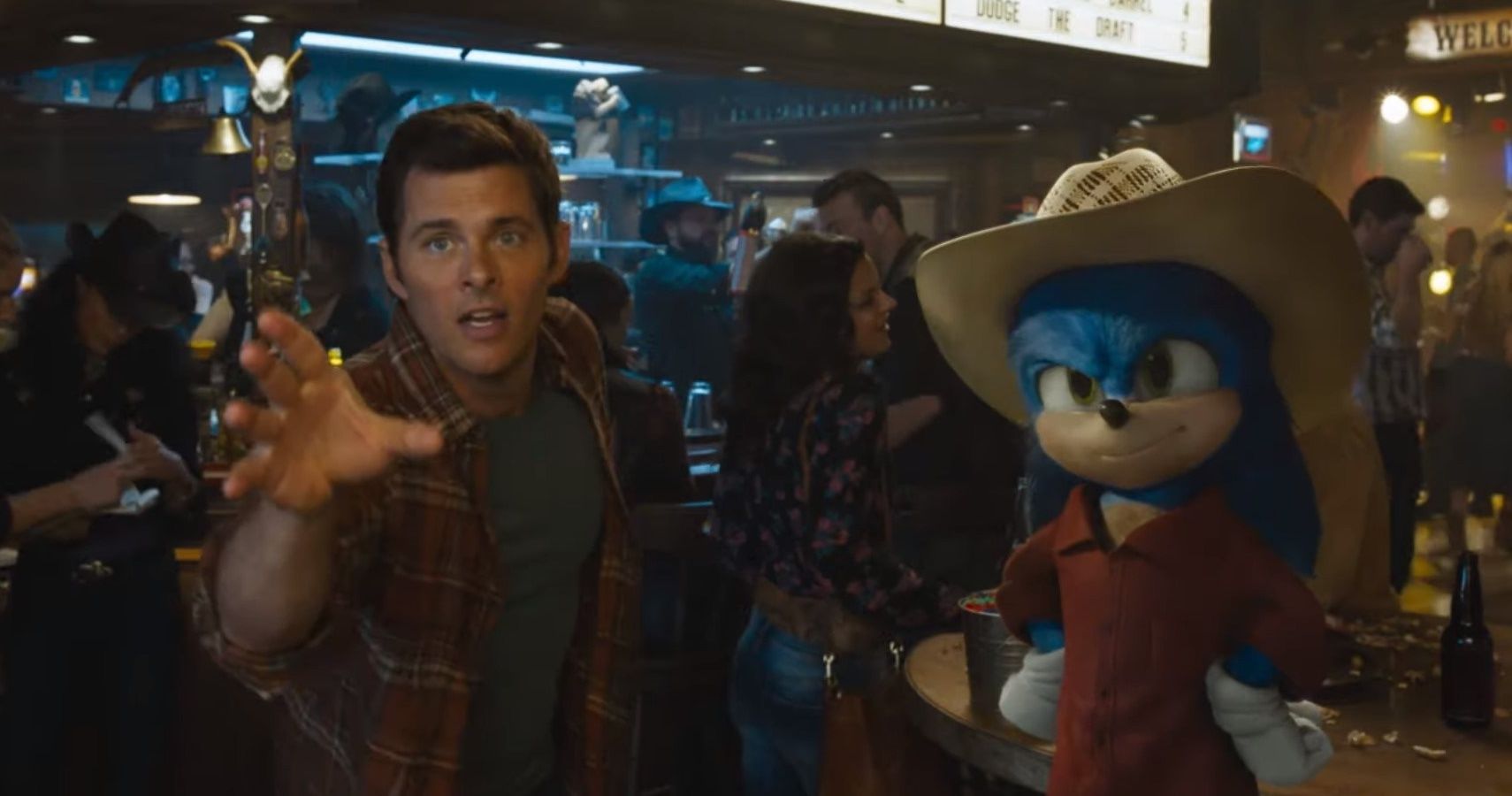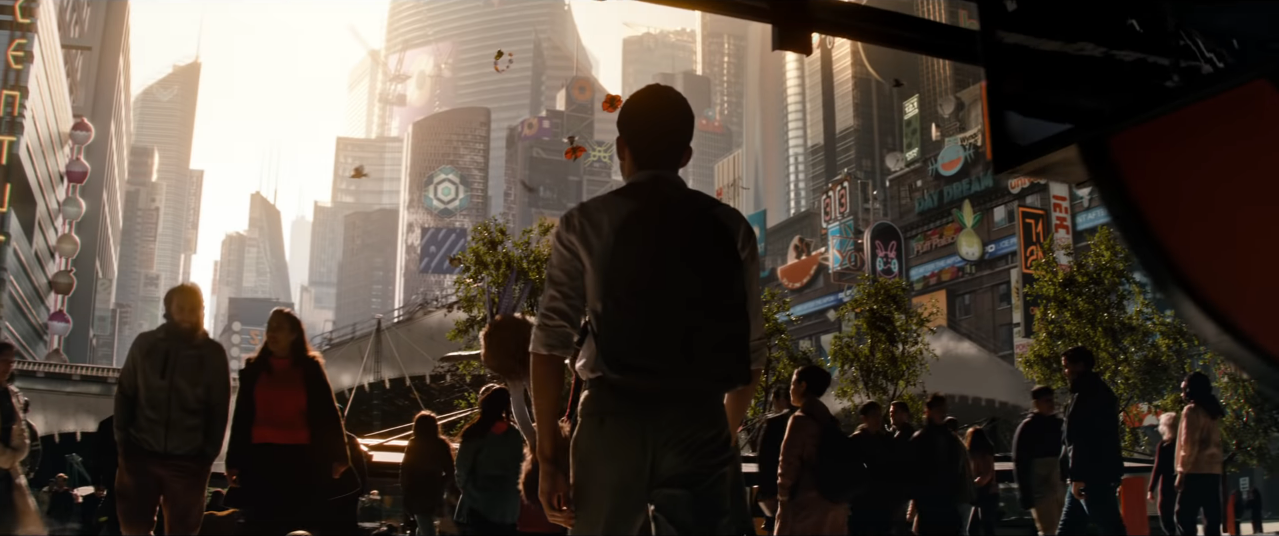WARNING: The following contains spoilers for Sonic the Hedgehog, in theaters now, and Detective Pikachu, now available on home media
After an unusual development process that saw its title hero redesigned, Sonic the Hedgehog has been released, and it's doing quite well at the box office. The film grossed $57 million, beating the previous three-day opening record for a video game movie set by Detective Pikachu last year, making clear audiences want to see Sonic and Pokémon on the big screen.
Inevitably, sequels to both films will eventually find their way into theaters, but this begs the question: what ground would the sequels cover? Both Sonic and Pikachu films serve as gentle introductions to the video game worlds of Sonic and Pokémon, and whatever comes next needs to expand those cinematic worlds beyond the confines of Green Hills or Ryme City into far greater lands.
Sonic remains stranded in the real world throughout Sonic the Hedgehog, separated from many of his iconic friends and adversaries. Like the original Sonic the Hedgehog game, Sonic doesn't team up with his famous partner Tails, although he appears in the film's post-credits scene. While the Chaos Emeralds, we are given teases for far bigger plot points on the horizon with the lurking threat of the Echidnas.
Detective Pikachu more directly addresses the greater world beyond Ryme City in its film with teases for Pokémon battles taking place in far-off lands, as well as direct references to tons of legendary Pokémon that never appear in the film. Most noticeably, there are statues of Dialga, Palkia, and Arceus -- the creators of the Pokémon world.
In both cases, great expanses of the world are deliberately left unexplored. We don't dive into Sonic's homeworld all that much, because the film primarily takes place in Green Hills and on the road. On the other hand, Detective Pikachu is very deliberately a contained mystery taking place in one area. It's a noir, not an expansive adventure, and it leaves plenty of ground to cover in any potential sequel.
Many might ask why these two films didn't just go all-out with their world-building. While it's impossible to determine why both films went in the direction they did, there are two possible explanations why both Sonic the Hedgehog and Detective Pikachu are grounded in one central type of setting.
The first reason is purely financial. Both films are pricey affairs with CGI main characters that were relatively unproven at the modern box office. If Sonic the Hedgehog's VFX artists rendered the expansive homeworld of Sonic in its entirety, the film might've cost several million dollars more, making it even harder for the film to turn a profit. However, this explanation doesn't exactly explain why Detective Pikachu chose not to expand into Kanto or Johto, since its film crams Pokémon into every corner regardless of where they are.
For that, however, the second explanation comes in: simplicity. Both Sonic the Hedgehog and Detective Pikachu needed to introduce a whole new world to audiences in a short period of time. To do that, they have to communicate big ideas in a simple, direct way. Ryme City is far easier to present to audiences than an entire region. Likewise, with Sonic the Hedgehog, audiences come to the film intimately familiar with the rules of our reality.
If you need proof that introducing too much too soon is hazardous to a film's coherency, look no further than Warcraft. That film attempted to present multiple different worlds and cultures to its audience in two hours, making it longer than either Sonic the Hedgehog or Detective Pikachu. However, cramming in so much world building meant sacrificing narrative. Many audiences didn't connect to the cast of characters at all, resulting in a strangely hollow viewing experience.
But now that a foundation has been established for both film franchises, audiences are now somewhat familiar with the worlds of Sonic and Pikachu, which means that sequel should build upon that foundation by exploring and introducing a different facet of the world.
Both films leave a lot to be developed. Detective Pikachu introduces Mewtwo, and it's revealed twenty years have passed since his creation. There are also tons of teases throughout the film for other realities, the mysterious Chemical R. and other teases in the film proper about where a sequel can go, like Tim and his father, Harry Goodman, working together in Ryme City. That's without even factoring in just adapting a different Pokémon game, like Pokémon Colosseum or Pokémon Red and Blue.
On the other hand, Sonic the Hedgehog ends with Robotnik lingering in Sonic's homeworld and Tails arriving in the real world. Both of these offer some distinct possibilities for future films. The games offer tons of material that can be adapted in the future, but arguably the most tempting thread introduced in the films is that of the Echidna tribe. More specifically, the concept of the Chaos Emeralds and their potential effect on the balance of reality. There is no doubt that the upcoming film can draw heavily from Sonic the Hedgehog 3, where Robotnik tricks Knuckles the Echidna into fighting Sonic, while collecting the Chaos Emeralds. This could also lead to the introduction of a truly dangerous evil in the form of Chaos, the adversary from Sonic Adventure.
Regardless of the specifics, the sequel needs to expand on the foundation set in the first film. The first film serves as a proof of concept that audiences want to see this world. The sequel just needs to take audiences deeper into it.
Now in theaters, director Jeff Fowler's Sonic the Hedgehog stars Ben Schwartz as Sonic and Jim Carrey as Dr. Robotnik, with James Marsden, Neal McDonald, Tika Sumpter, Adam Pally and Natasha Rothwell.




